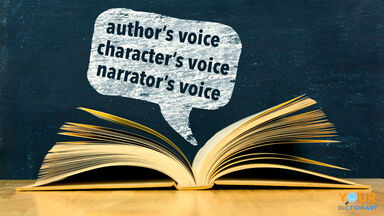Hi Taylor, in looking at your Blog Entry #9, you explore the various elements that make up the narrative writing genre. I want to first address how much of your feelings in regards to the narrative genre were exactly like mine! I never realized that there were so many viewpoints (ways stories can be told), and many of the aspects of narrative writing may seem "easy" at first, but re-hearing these important concepts has allowed us to better recognize what they consist of/mean. My own understanding of including weather, time, and time period, in setting has really been transformed too!

I would like to address further the two figures you mentioned from Tompkins that you find to be beneficial for your students. The Narrative Expert Presentation group shared a quote from Tompkins (2012) which explains how "Children's concept of story plays an important role in their ability to comprehend the stories they read" (p. 180). You liked the idea of having students tell a story's events through drawings as seen in figure 8-2 (Tompkins, 2012, p. 191). To tie into the concept of what viewpoints students are using, this would be a great opportunity for them to explore writing in a first-person, omniscient, limited omniscient, or objective viewpoint. Depending on the grade-level, students can either verbalize what is occurring in their story or add in some descriptions to further emphasize the point of view at play. For figure 8-3 which caught your eye, you like the notion that students can ensure they have included multiple aspects of the narrative genre in their piece of writing. I agree that this is very important for creating an awareness of paying attention to their thinking in their writing. I would like to address,  how at times it can be difficult to narrow down who the main character of a story is, if there appears to be multiple main characters. Perhaps this is where we could potentially tie into how a viewpoint is being used and if we are receiving the thoughts of one particular character, more than another's? Or better yet, even painting a picture of the main character being the "star of the story" and other individuals as supporting side characters, would help students in knowing what to focus on.
how at times it can be difficult to narrow down who the main character of a story is, if there appears to be multiple main characters. Perhaps this is where we could potentially tie into how a viewpoint is being used and if we are receiving the thoughts of one particular character, more than another's? Or better yet, even painting a picture of the main character being the "star of the story" and other individuals as supporting side characters, would help students in knowing what to focus on.

Thank you Taylor for sharing your thoughts! The two figures you shared from Tompkins are fantastic teaching tools that would allow you to further foster your students understanding of the Narrative genre. Great thinking!
References
Muhammad, G. (2020). Cultivating Genius: An equity framework for culturally and historically responsive literacy. New York, NY: Scholastic.





No comments:
Post a Comment